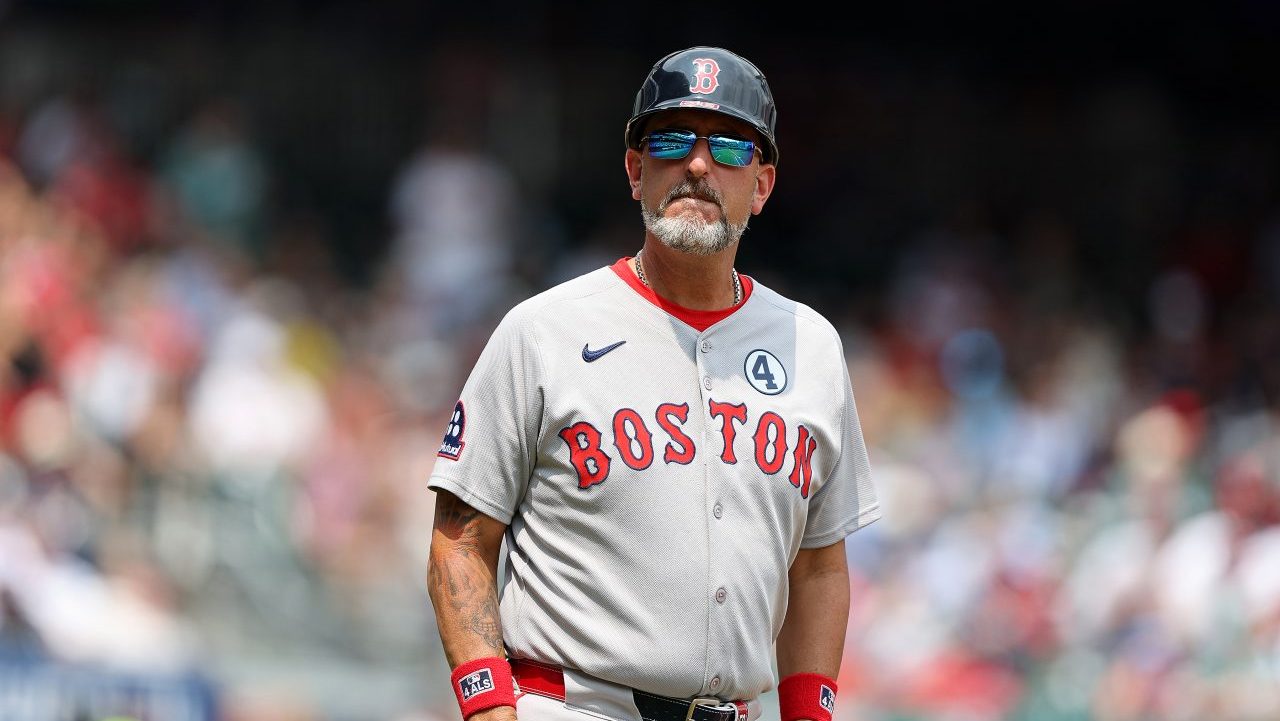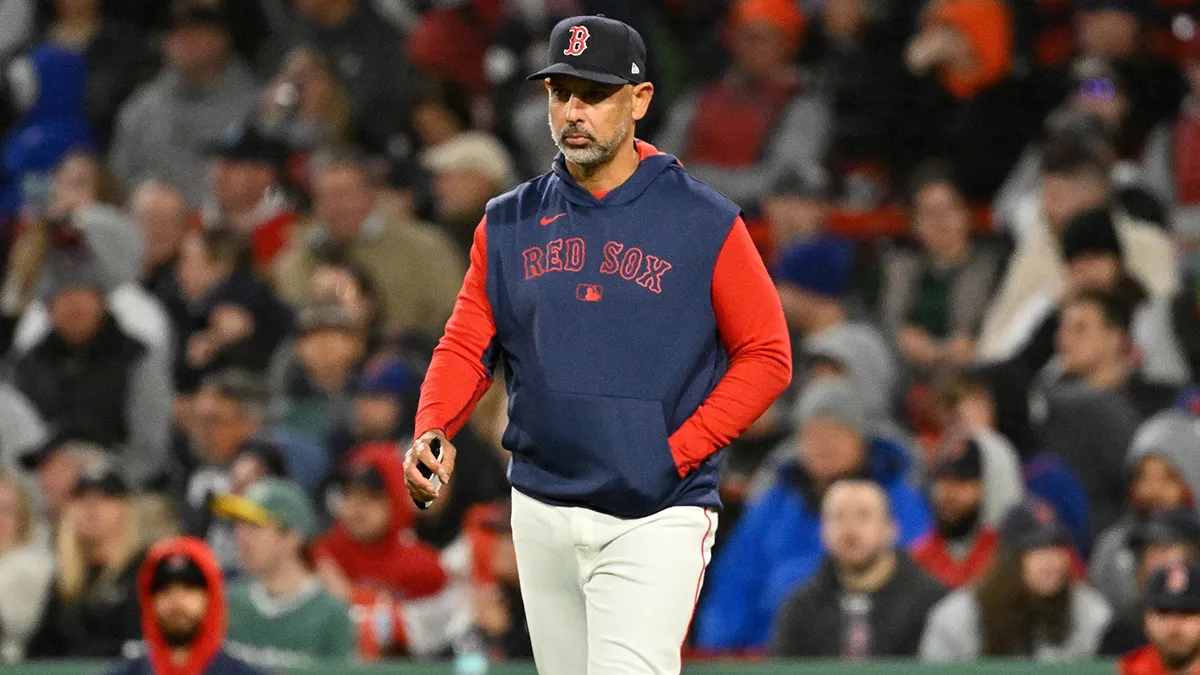The fan experience should improve significantly next year with baseball's rules changes, especially the long-awaited introduction of the pitch clock. The torture of watching Hirokazu Sawamura or David Price kick rocks for 45 seconds between pitches is over. Hallelujah to that.
But the primary changes -- pitch clock, a ban on shifts, larger bases -- won't just alter the game's entertainment value. They'll also open new areas of exploration and exploitation for clever front offices. And with their abundant resources, robust analytics department, and relatively unsettled roster, the Red Sox are actually in a position to capitalize.
Maybe they already have.
With our All Access Daily newsletter, stay in the game with the latest updates on your beloved Boston sports teams!
On first examination, for instance, the new rules should reward speed and increase stolen bases. In addition to bases expanding from 15 to 18 inches square, pitchers will be limited to two pick-off attempts or step-offs. If they attempt a third and fail, they'll be called for a balk.
It just so happens that the Red Sox have emphasized speed when acquiring prospects over the last year. David Hamilton, one of the two players they picked up from the Brewers for Hunter Renfroe, has stolen 66 bases at Double-A Portland. Max Ferguson and Corey Rosier, who arrived as part of the Eric Hosmer trade with the Padres, own 61 and 40 steals, respectively. Wilyer Abreu, part of the return from the Astros for catcher Christian Vazquez, has stolen 29 bases in 32 chances.
My understanding is the Red Sox would've targeted these players regardless. The statistical models teams use to evaluate prospects are based on past performance and aren't calibrated to account for potential future rules changes. So perhaps it's just serendipitous that the Red Sox have prioritized a skill that's only going to appreciate in value. We should also note that only Abreu (No. 24) ranks among their top 30 prospects, per MLB Pipeline.
Tomase: Chaim Bloom's disappointing season is not a fireable offense
Boston Red Sox
Find the latest Boston Red Sox news, highlights, analysis and more with NBC Sports Boston.
Regardless, teams across the game are currently rethinking roster construction to account for these new realities. The 15-second pitch clock (20 with runners on) will reward fast workers and force relievers, in particular, either to pick up the pace or be left behind. It's certainly symbolic that the same weekend the rules changes were announced, the Red Sox released Sawamura, by far their slowest worker with runners on base, at 28 seconds between pitches.
Meanwhile, their two fastest workers are the oldest and youngest pitchers on the roster in veteran left-hander Rich Hill and prospect Brayan Bello, who routinely need only 15 seconds between pitches. That natural tempo could help Hill find another job next year at age 43, if he wants it.
Speeding up relievers should have another benefit, as noted by the New York Post's Joel Sherman. The slower pitchers work, the more they're able to maintain their velocity. The difference between hitting against 94-96 mph and 97-99 mph is about 20 points of batting average, from .240 to .260. That means more action, and it also decreases the reliance on a parade of relievers throwing 100 without necessarily being able to command it. Someone like Red Sox right-hander John Schreiber, with his funky delivery, becomes more valuable even if he's no longer touching 97 mph.
The ban on shifts puts two infielders on the dirt on either side of second base, not including the pitcher and catcher. If teams want to stick someone in short right field to rob left-handed hitters of line singles, it's going to have to be an outfielder, which would open even bigger holes on the left side and turn shift-beating singles into potential doubles. The risk of shifting just increased, which is part of the point.
Tomase: With money to spend this winter, will the Red Sox take advantage?
The moves put a premium on athleticism all over the field, since in theory fewer balls will be hit to stationary fielders. This helps the Red Sox, where Trevor Story brings shortstop range to second base (unless, of course, he shifts back to short to replace Xander Bogaerts), and Rafael Devers moves well to his left.
It also puts a premium on first base defense, which the Red Sox have largely ignored, since there usually won't be a third infielder splitting the difference between first and second. The Red Sox should benefit here, too, with prospect Triston Casas representing a considerable upgrade on Kyle Schwarber, Franchy Cordero, Bobby Dalbec, and Co.
Bigger bases could even help someone like Bogaerts, who ranks fourth in the league in infield hits (29), not normally a category that boosts a free agent. Also on that list is free agent outfielder Brandon Nimmo (25) of the Mets, who could be a target of the Red Sox this winter.
Add it all together, and that's a lot to consider. The Red Sox, with upwards of $70 million to spend in free agency, may be able to get a jump on the competition this winter.


